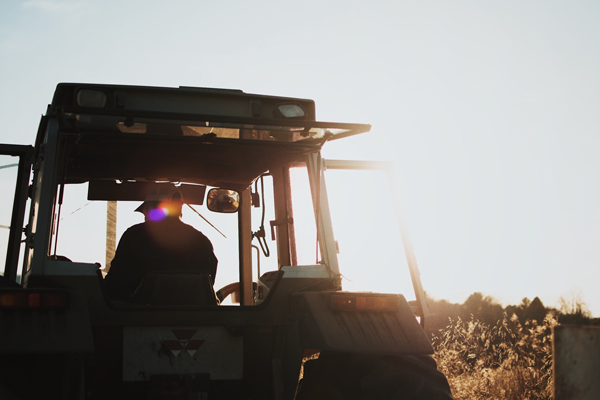The Future of Farming Will Be Internet Driven
February 8, 2019 3:22 pm
The future of farming will be internet driven
Understanding what the future of technology looks like for agribusiness involves understanding how farmers can harness the power of real-time supply chain monitoring and validation through technologies such as blockchain, data-driven decision-making tools with ever increasing connectivity between other farms and information sites, and the evolution of the Internet of Things (IoT) to power network-connected and autonomous machines and devices across the farm.
Blockchain: Efficiency powerhouse.
Blockchain technology allows farmers greater transparency of transactions along the entirety of the supply chain as well allowing access to critical, real time information. At a fraction of current times, real-time information will be available for sales, purchases, trades and deliveries. Traditional methods of sending and validating information – think sale prices and contracts – will become a thing of the past. Since inefficient supply chains can drastically reduce profit, real-time tracking reduces risk, administrative tasks and leads to cost reductions.
Connectedness: Putting Farmers in control.
Until now, suppliers have held the upper hand when it comes to collecting and distributing data about everything from seed performance to chemical pricing. With the availability of cloud-based information sharing systems, farmers across the world are coming together to share information with other farmers – enabling them to bargain more effectively for pricing, compare crop data, and reduce their bottom line.
IoT: Introducing Precision Farming.
The number of devices that are able to be connected to the internet is expected to grow to 50 billion by 2020. For farmers, these devices include everything from sensors on self-driving tractors that are able to collect plant and soil data, to drones and farm software and they will be key to meeting the increased food demand. For example, the ability to be able to make decisions about watering, spraying, and fertilizing for specific sections of the farm instead of treating with a blanket application will enable less wasted resources and better soil and crop performance.

